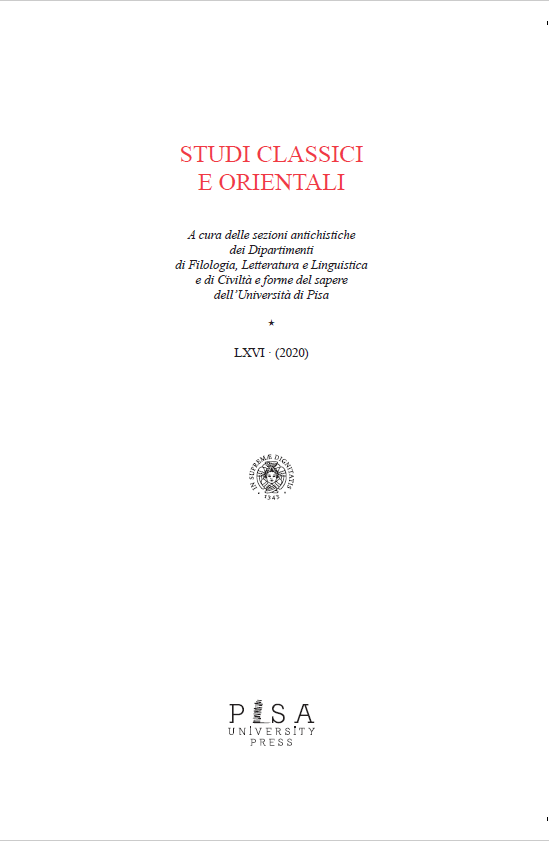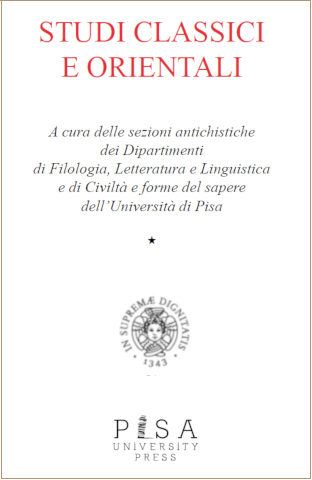Topography and 3D Survey in the Tomb of Khunes at Zawyet Sultan, Egypt: Preliminary Results
Parole chiave:
Topographical survey, 3D photogrammetry, Zawyet Sultan (Middle Egypt), Old Kingdom, Egyptian archaeologyAbstract
The archaeological site of Zawyet Sultan (Middle Egypt), corresponding to the ancient Egyptian town of Hebenu, the capital of the sixtheenth administrative district of Upper Egypt during the Old Kingdom (ca. 2700-2200 BC), has the great potential to shed light on the life of a provincial community over a long period of time (ca. 3500 BC-900 AD) and to explore an ancient Egyptian settlement together with the cemeteries of its inhabitants. From 2015 the joint archaeological mission of the University of Cologne, the University of Pisa and the Egyptian Ministry of Antiquities began an archaeological project at Zawyet Sultan in order to understand better the topography of the site, and to establish the relations between the different areas within it. The paper presents the preliminary results of the surveys carried out at the site so far, with a special focus on the work accomplished by the Laboratorio di Disegno e Restauro (LADIRE) on behalf of the German- Italian-Egyptian mission in spring 2019. The aim of the mission was mainly to carry out a topographical survey of the entire site using a dual frequency differential satellite receiver (GNSS) and to realise a 3D model of the tomb of Khunes (ca. 2320-2300 BC) through photogrammetry.



